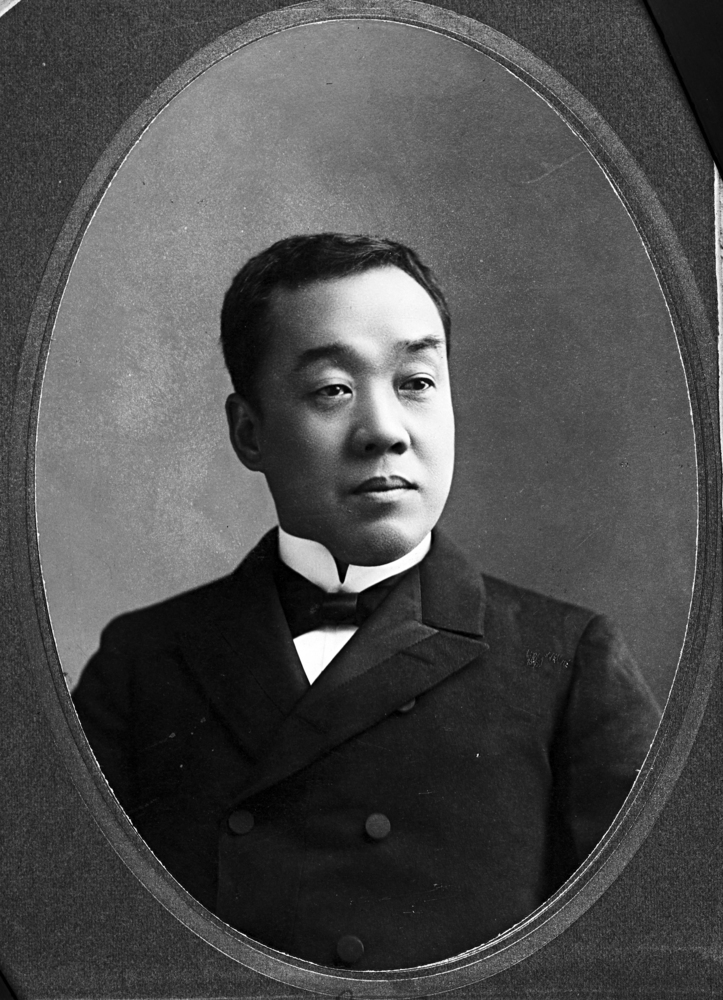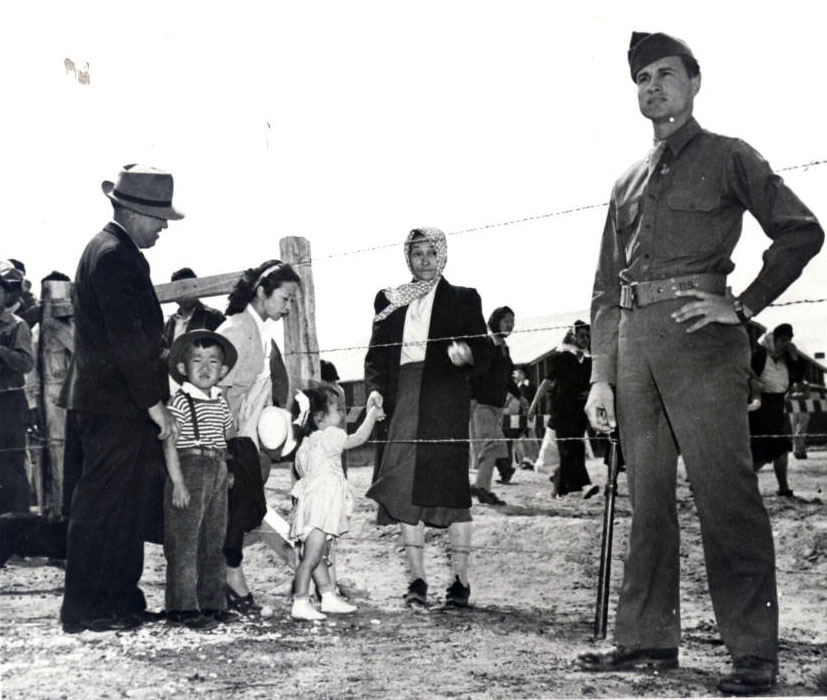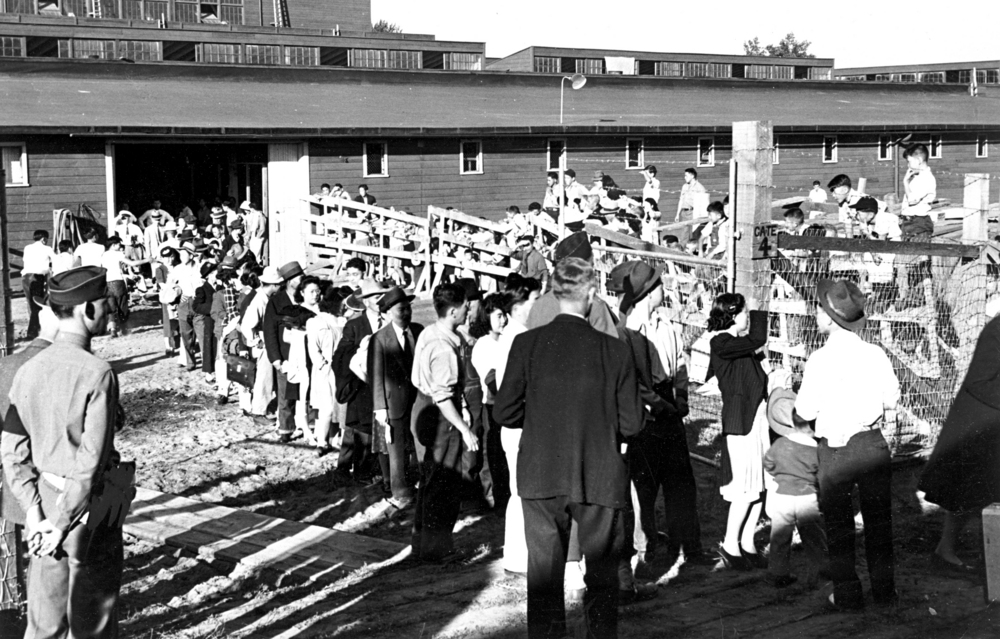The Oregon Plan, implemented in May 1942, led to the organization of the first Japanese American farm labor camp during World War II. The camp, in Malheur County, housed 350 Japanese Americans who had been incarcerated in Oregon by Executive Order 9066 in the months after Japan bombed Pearl Harbor. It marked the beginning of the War Relocation Authority’s seasonal labor program, which between 1942 and 1944 executed more than 33,000 farm labor contracts with incarcerated Japanese Americans from across the West Coast.
By March 1942, the WRA was considering using incarcerated Japanese Americans to meet growing demands for agricultural workers. Sugar companies were particularly interested in using Nikkei for sugar beet labor. Sugar was a critical wartime necessity, as it was converted into industrial alcohol and used to make synthetic rubber and munitions. With foreign supply lines cut because of the war with Japan, the federal government had lifted growing restrictions of sugar beets. Farmers, however, lacked the workers to harvest the crops, as laborers from past seasons joined the military or departed for industrial jobs.
In April, the WRA and Wartime Civil Control Administration (WCCA) organized a conference in Salt Lake City for governors and representatives from western states. The WRA described its plans for the "resettlement" of all Nikkei away from the West Coast. The group talked about the possibility of organizing an agricultural labor force of Issei and Nisei. George Aiken, executive secretary to Governor Charles Sprague, represented Oregon at the meeting. On April 7, he presented what became known as the Oregon Plan for the forced removal and incarceration of the state’s 4,000 residents of Japanese ancestry. Aiken’s plan was one of several presented by representatives of western states during the conference, but as one conference attendee attested, it was the only concrete program delivered during the meeting.
The driving force behind the Oregon Plan was the need for agricultural laborers in Malheur County, where 12,000 acres of sugar beets would be plowed under if laborers were not soon supplied. Aiken’s plan called for the relocation of Nikkei to Civilian Conservation Corps camps in Crook, Harney, and Malheur Counties. Incarcerated Japanese Americans would work on public work projects as well as provide agricultural labor. While at the camps, Nikkei would be under guard and forbidden from leasing or buying land. They would be returned to their communities once the war ended. Aiken, in his capacity as the owner and publisher of the Ontario Argus, had advocated for the use of Japanese Americans as farm laborers as early as January 1942.
Following the conference, the Oregon Plan received endorsements from Malheur County officials. While the director of the WRA, Milton Eisenhower, assured Sprague and Aiken that he was considering the plan, the WRA moved forward with the construction of concentration camps. With the construction of such camps, the Oregon Plan was essentially abandoned, as the federal agency would oversee the forced removal and incarceration of Nikkei from Oregon and other West Coast states. Eisenhower feared there would be violence against Nikkei if they moved from WRA centers to private employment, so he abandoned his agency’s plans to establish temporary farm labor camps.
With eastern Oregon still desperate for agricultural laborers, Sprague and Aiken adjusted the Oregon Plan with a focus on Malheur County. The WRA and WCCA demanded assurances before allowing laborers to be moved from WRA centers to eastern Oregon. In response, Sprague sent an employment agreement stating that state and local officials would guarantee the safety of the laborers and that all labor would be voluntary, the Nikkei would not compete with local labor, and employers would provide housing and pay prevailing wages. In 1942, the standard wages for sugar beet labor in Oregon was $9.50 an acre thinning sugar beets, $2.50 an acre for the first hoeing, $1.50 an acre for the second hoeing, and fifty cents an hour for harvesting. Japanese Americans received these same wages working in Malheur County.
On May 20, Lt. General John DeWitt issued Civilian Restrictive Order Number 2, allowing four hundred Nikkei to leave the Portland Assembly Center for agricultural work in Malheur County. A Farm Security Administration tent camp outside Nyssa housed the Nikkei until November 1942, when they were moved to a former CCC camp near Adrian. At its peak, the Nyssa camp held 350 Nikkei, who were recruited from the temporary assembly center in Portland as well as from those in Puyallup, Washington, and Marysville, California. Additional civilian restrictive orders were issued allowing for the movement of Japanese Americans from these centers to eastern Oregon. Through the Oregon Plan and the establishment of the first Japanese American farm labor camp during World War II, the sugar beet crop in Malheur County was saved in 1942. By the war’s end, Nikkei farm laborers had helped save an estimated one-fifth of the sugar beets in western states.
The presence of the Nyssa camp as well as other labor camps later established in Malheur County led to a significant increase in the number of Nikkei living in eastern Oregon. In 1940, 137 Japanese Americans lived in the county. By 1950, that figure totaled 1,170, as many Nikkei settled in the area after the war. Malheur County continues to have a significant Japanese American community, a lasting impact of the Oregon Plan.
-
![Japanese evacuee in the sugar beet fields, 1943]()
Japanese evacuee in the sugar beet fields, 1943.
Japanese evacuee in the sugar beet fields, 1943 Courtesy Oreg. Hist. Soc. Research Library, CN 021008
Related Entries
-
![Four Rivers Cultural Center and Museum]()
Four Rivers Cultural Center and Museum
The Four Rivers Cultural Center in Ontario is a nonprofit organization …
-
![Iwasaki Brothers Nursery]()
Iwasaki Brothers Nursery
The Iwasaki Brothers Nursery, located on the southern edge of Hillsboro…
-
![Japanese Americans in Oregon]()
Japanese Americans in Oregon
Immigrants from the West Resting in the shade of the Gresham Pioneer C…
-
![Japanese American Wartime Incarceration in Oregon]()
Japanese American Wartime Incarceration in Oregon
Masuo Yasui, together with many members of Hood River’s Japanese commun…
-
![Portland Temporary Detention Center (Portland Assembly Center)]()
Portland Temporary Detention Center (Portland Assembly Center)
From May 2 to September 10, 1942, an eleven-acre building on the south …
Related Historical Records
Map This on the Oregon History WayFinder
The Oregon History Wayfinder is an interactive map that identifies significant places, people, and events in Oregon history.
Further Reading
"Oregon Plan." Densho Encyclopedia. http://encyclopedia.densho.org/Oregon_Plan/
"Nyssa, Oregon (detention facility)." Densho Encyclopedia. http://encyclopedia.densho.org/Nyssa,_Oregon_%28detention_facility%29/
“Governor Sprague Appeals to President for Action.” Ontario Eastern Oregon Observer, May 14, 1942.
Fiset, Louis. "Thinning, Topping, and Loading: Japanese Americans and Beet Sugar in World War II." Pacific Northwest Quarterly 90.3 (Summer, 1999): 126.
Myer, Dillon S. Uprooted Americans: The Japanese Americans and the War Relocation Authority During World War II. Tucson: The University of Arizona Press, 1971.
Report on Meeting, Conference on Evacuation of Enemy Aliens, Salt Lake City, April 7, 1942, Box 7, Entry 2, Record Group 210, National Archives I, Washington, D.C.
Employment of Japanese Evacuees: Agriculture Outside of Assembly Centers, June 1942, Box 2, Entry 6, Record Group 210, National Archives I, Washington, D.C.
Oregon State Archives. “Life on the Home Front: Oregon Responds to World War II.” https://sos.oregon.gov/
Oregon State University Libraries. Special Collections & Archives Research Center. “Fighters on the Farm Front: Oregon’s Emergency Farm Labor Service, 1943-1947.” http://scarc.library.oregonstate.edu/omeka/exhibits/show/fighters
Marvin Gavin Pursinger Collection on Japanese American Relocation, circa 1942-1946. Oregon Historical Society Library, Portland, Oregon, Mss 903.
Fiset, Louis and Gail M. Nomura, Nikkei in the Pacific Northwest: Japanese Americans and Japanese Canadians in the Twentieth Century. Seattle: University of Washington Press, 2005.
Young, Morgen. “Russell Lee in the Northwest: Documenting Japanese American Farm Labor Camps in Oregon and Idaho.” Oregon Historical Quarterly 114.3 (2013).






